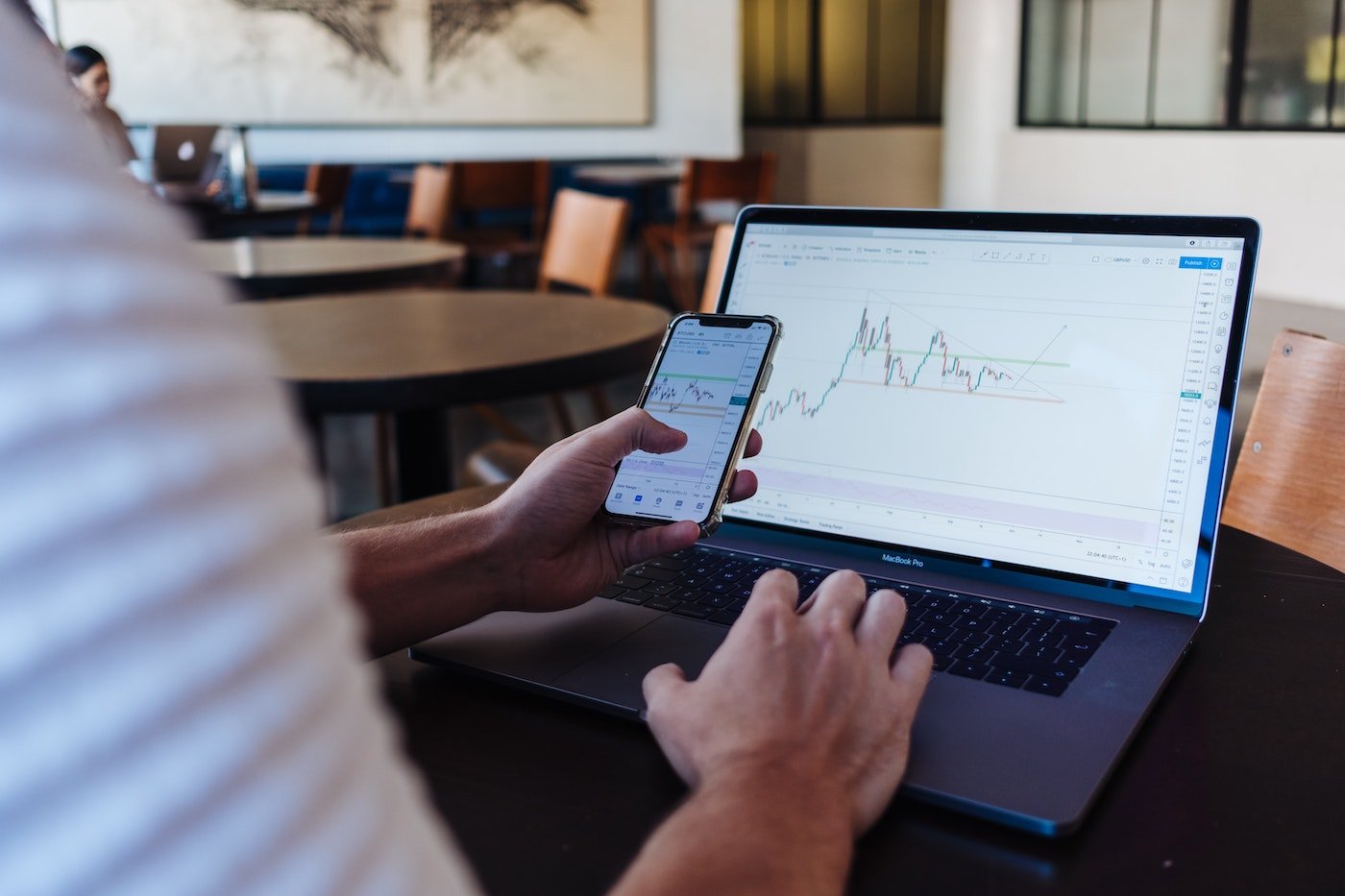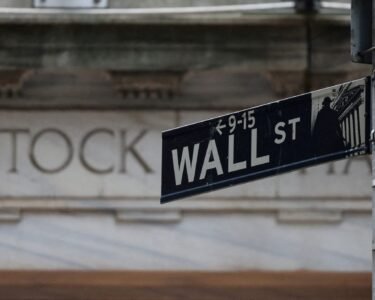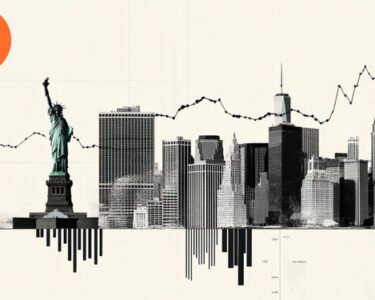I’m a Midwesterner. I’ve never experienced an earthquake, hurricane, wildfire or really any natural disaster. However, I’ve spent my career in the derivatives markets and am old enough to have lived through the Global Financial Crisis. Geography aside, the endogenous shockwaves continued for months and impacted investors across the globe.
In many ways, the period between September 2008 and March 2009 felt like a daily earthquake followed by consistent raging fires. It seemed like it would never end. In hindsight, reflecting on the “cycle of markets” is easy. In the moment, it’s all about survival.
Day After Day
History has a way of dulling most memories and sharpening others. Explaining the stress associated with working in capital markets during the ~250 days between the fall of 2008 and the spring of 2009 is nearly impossible. Without any hyperbole, it seemed like the foundations and structures that had supported the global economy in the post-WWII era might crumble.
A plumbing analogy is apropos on a couple of levels. In the developed world, we take indoor plumbing for granted. We brush our teeth, use the bathroom, and wash ourselves and our clothes without ever really considering the vast infrastructure supporting those mundane endeavors.
Even though ancient Rome boasted aqueducts around 500 BCE, the first mechanical showers weren’t used until the late 18th century. Chicago first introduced a city-wide sewer system in 1855. Standardized plumbing codes came to the U.S. following the Depression (1930s).
The 1930s also gave rise to the original “plumbing” for our financial system. Over time, it was gradually enhanced. The flaws in the previous system had been exposed during the crash in 1929, and the economic despair that followed. Regulation was put in place to support a more robust financial infrastructure from the wreckage of the Depression.
The early 20th-century financial plumbing mostly worked… until it didn’t in late 2008 and early 2009.
(Re)Birth
On March 5th, 2009, I remember stepping outside the Chicago Board of Trade building where I worked. It was a cold, sunny spring morning. In many ways, it felt like the couple hundred days that preceded it. The worst type of “Groundhog Day.”
My sister was in New York about to give birth to my first niece. I got a call from my mom and dad, who made the trip out east, announcing Margaret Nolan Duffy was happy and healthy. It was a welcome reprieve.
I immediately envied Margaret. She knew nothing about the previous six months in capital markets. She wasn’t concerned about the trillions in net worth that had been eviscerated. This beautiful baby and the rest of my family really didn’t care about the Lehman Brothers bankruptcy, the AIG (et. al) bailouts and the political blame game.

Between mid-August 2008 and early March 2009, the major U.S. equity indexes fell by roughly 50%. The declines were vicious and by March 5th the technical types were pointing out that indexes were set to break below the November (2008) lows.
In the moment, it was a dark time.
We Know So Little
Bear markets have a unique way of exposing our naivety. Despite working through the 2000 – 2002 selloff, including the September 11th shock, I was ill-prepared for the Financial Crisis. I recognized there were market cycles that included periods of meaningful volatility. I understood the power of optionality and the fact that technology would continue to change the shape of capital markets.
Deep down, I knew that trying to “time the market” was a fool’s errand. That lesson has been reinforced countless times over the past 15 years. I also believed that over long-time frames, equity markets tend to rise.
In hindsight, the birthday gift that could have paid off quite handsomely was Nasdaq-100® Index exposure.
The Nadir
U.S. equity markets moved to a generational low fifteen years ago. On Monday, March 9th, 2009, the Nasdaq-100 Index (NDX) measured 1040.41 on lows. It been all “uphill” from there. In March 2024, U.S. equity markets are at or just off all-time highs. Even the Nikkei 225 passed old highs from 1989 last week!
On that point, the index we choose to track with our passive investment dollars matters. For example, small caps and international equity exposure have dramatically underperformed for many years. It’s possible that the trend will reverse in the coming years but timing the potential inflection would also be a fool’s errand.
Let’s first take a look at the Dow Jones Industrial Average Index (DJIA), the S&P 500 Index (SPX) and the Russell 2000 Index (RUT) as our equity proxies. The chart below shows what a single $10k investment on March 9th, 2009, would be worth as of late February 2024.

Over the past 15 years, the performance of the DJIA and RUT are virtually indistinguishable. There’s a demonstrable period of small-cap outperformance from early 2020 to November 2021. But for all the zigging and zagging, the two indices have posted similar returns. The $10k investment would be worth about $59k in both situations.
The large-cap SPX has outpaced the other two evaluated indices. A $10k allocation to the S&Ps would now be worth more than $75k today. Put another way, the S&Ps have returned about 650% compared to about 500% for small caps and the DJIA.
However, this chart excludes the other major equity benchmark, the NDX. When we include the NDX, a handful of things become clearer.
For all the advances, the other benchmarks are fighting to be the salutatorian.
Valedictorian
While there’s clearly value in “second place” in this never-ending race… the NDX has established a massive lead. What’s your guess as to how much a $10k investment in the NDX fifteen years ago would be worth today?
The answer may surprise you, but it should be a well-informed deduction because you know the performance of SPX (+650%), the DJIA (+497%) and the RUT (+488%).
See for yourself:

The NDX has returned 1620% over the same time frame. It’s more than tripled the payoff on the DIJA or RUT. The NDX more than doubled the return of the SPX since the lows in 2009.
A hypothetical $10k allocated to the NDX fifteen years ago is now worth more than $172k.
You could theoretically cover the cost of a college education at either a public or private university. While I certainly wouldn’t recommend it, you could buy a Toyota Century, which is positioned to compete with the likes of Rolls Royce.
What’s to Come?
Here and now, I know how much I don’t know. That realization is a powerful byproduct of aging and investing through time. What I expect is that things will continue to change. Change is the constant!
There will undoubtedly be ups and down. Volatility measures will ebb and flow alongside equity indexes. Passive and active investment dollars will flow in and out of markets. Companies will go public. Others will file bankruptcy. Change will continue, but the rate of change will increase. That’s how things work.
You can choose to passively ride the tide in the future. For much of history, that has worked fairly well. Alternatively, you could actively choose to manage your exposure to the NDX with Nasdaq-100 Index Options (NDX).
Building a nest egg is one thing.
Protecting your capital is another.
Index options may help in either case.
Maybe markets are nearing a top. If you’re inclined to see things through that lens, John Hussman just wrote a piece that may validate your concerns. I’m old enough to remember the NDX top nearly 24 years ago, on March 28, 2000. Over the next two and half years, the index fell by 82.9%. The NDX didn’t reach a new high-water mark until November 2015.
21st Century Benchmark?
In my opinion, the Nasdaq-100® could potentially become a key benchmark for U.S. equity performance in part because of how it’s constructed. Virtually every facet of the global economy is connected to technology in some way.
My friend and industry thought leader, Steve Sosnick (IBKR) recently wrote about the addition of Amazon (AMZN) in the Dow Jones Industrial Average (INDU). While he doesn’t mention the NDX, he makes that point that the INDU is a relic because of the methodology.
As we celebrate 15 years since the largest market correction many have experienced, let’s keep in mind that there’s a cycle to life and markets. I’m not minimizing the drawdowns that occurred along the way.

They were each real, unique and painful in the moment. There will undoubtedly be difficult bear markets in the future. It’s another way that markets reflect life.
Day-to-day, we develop tools to cope with challenges. Some are more effective than others. In capital markets, we have the choice to employ index options to potentially reduce our exposure when drawdowns occur.
P.S. Happy birthday Margaret Nolan Duffy. I’m proud of the young woman you’re growing into. Keep working hard (another generation of caddies!), save some of your money and make educated investment decisions.
The views and opinions expressed herein are the views and opinions of the author and do not necessarily reflect those of Nasdaq, Inc.




